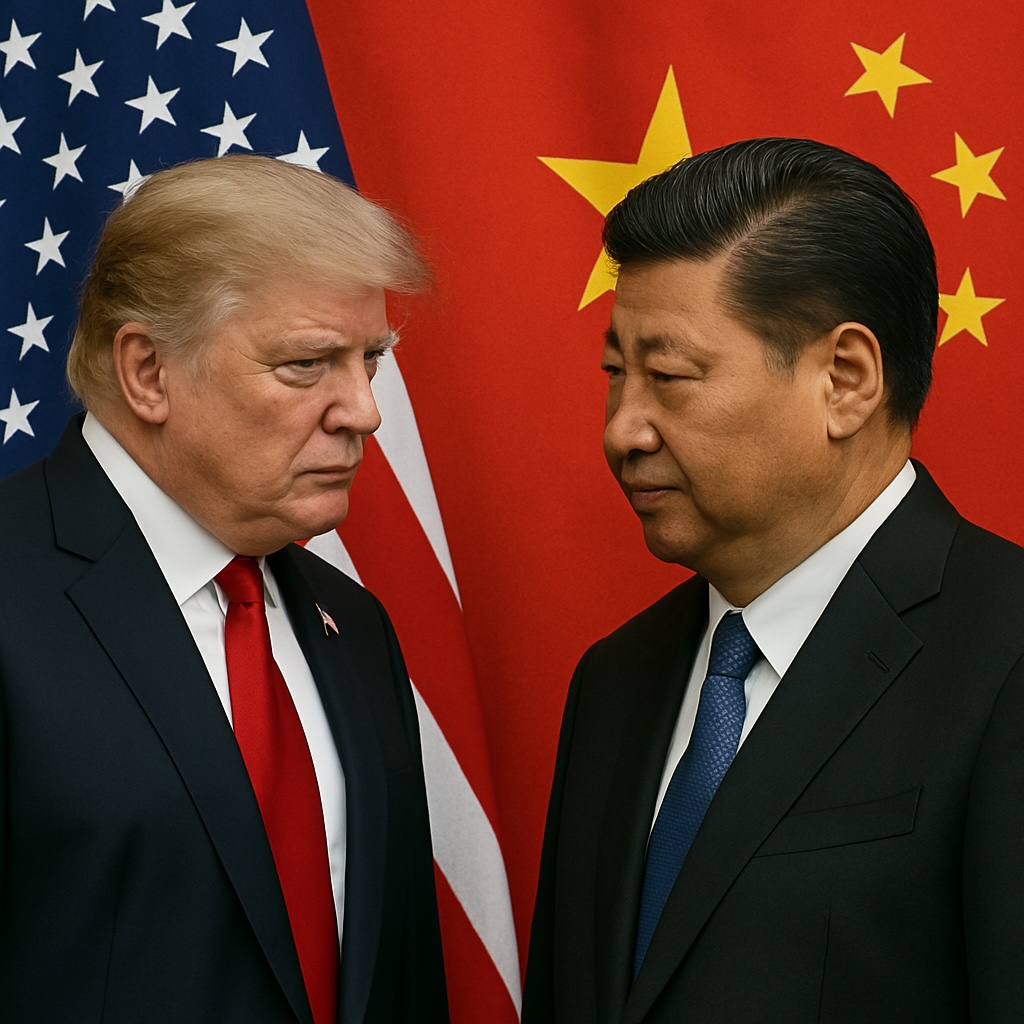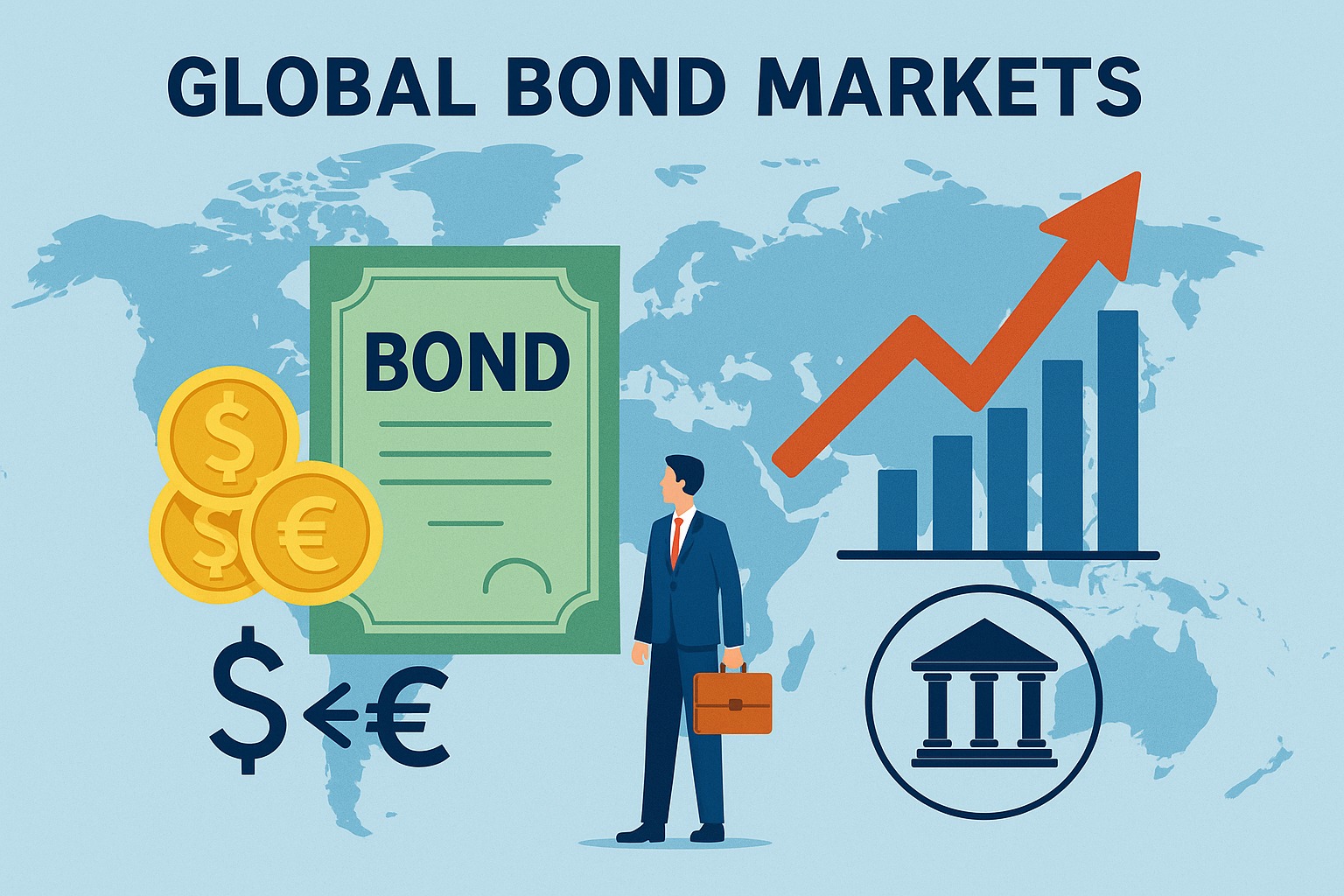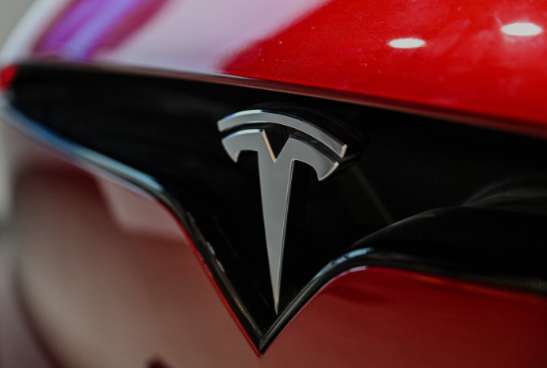Tech Advances as Traders Rotate Back Into Sector - Tech Roundup
The tech sector has been a rollercoaster ride in early 2025, with the Nasdaq Composite plummeting 14% from its December 2024 peak, driven by tariff worries, supply chain disruptions, and macroeconomic uncertainty. Yet beneath the volatility, a quiet rotation is underway. Traders, once fleeing to value stocks and international equities, are now cautiously returning to tech—drawn by breakthroughs in artificial intelligence (AI) and a recognition that the sector’s long-term growth drivers remain intact.
Ask Aime: "Tech stocks slide; AI breakthroughs to reverse tide?"

The Tech Sector’s Struggles—and Why Traders Are Returning
The Nasdaq’s decline marks its worst year-to-date performance since 2022, with the “Magnificent Seven” (Apple, Amazon, Alphabet, Microsoft, Nvidia, Meta, Tesla) leading the slump. The pain is most acute for companies exposed to global supply chains. apple, for instance, faces a potential 9% gross margin hit if tariffs on Chinese imports rise to 34%, as Citigroup analysts warn.
Trader sentiment, as measured by the CBOE Volatility Index (VIX), spiked to levels last seen in 2020, reflecting fear over tariff risks and the fading “Trump Put” (the expectation of market-friendly policies). Yet despite this gloom, 63% of analysts still rate tech stocks as “Buy”—the second-highest sector rating—highlighting optimism about AI’s long-term productivity gains.
AI’s Quiet Revolution: Where the Money Is Flowing
The tech rebound isn’t a bet on past glories but on the future. Here’s where the action is:
- Generative Virtual Worlds: Google’s Genie 2 can turn a single image into an interactive 3D environment, while startups like World Labs (founded by AI pioneer Fei-Fei Li) are building Large World Models (LWMs) to simulate training grounds for robots or game worlds. These tools could slash costs for industries like automotive and healthcare.
- Reasoning-Capable AI: OpenAI’s o3 and Google’s Gemini 2.0 Flash Thinking are advancing step-by-step problem-solving. In demos, these models navigate complex tasks—like troubleshooting a recipe’s ambiguous flour type—by retracing steps and iterating solutions. Such capabilities could revolutionize customer service, coding, and logistics.
- Science and Defense:
- Materials Science: Meta and Hugging Face’s LeMaterial project is standardizing data for AI-driven material discovery, accelerating innovations in clean energy and advanced manufacturing.
- Military Tech: OpenAI is partnering with Anduril to develop AI-driven drone defense systems, part of a $1 billion Pentagon initiative.
The payoff? The generative AI market is projected to hit $667.9 billion by 2030 (24.4% CAGR), with $4.4 trillion in annual global economic impact.
The Rotation Dynamics: Value to Tech—and Back Again?
The tech rotation isn’t a simple return to growth stocks. Traders are targeting defensive tech names with pricing power and exposure to domestic markets, such as cybersecurity firms or cloud providers. Meanwhile, sectors like Energy and Communication Services—both tied to tech’s infrastructure—also attract interest.
Consider this:
- Communication Services, up 34.7% in 2024, outperformed the S&P 500 thanks to AI-driven innovation.
- Utilities, a classic defensive play, rose 23.3% last year as investors sought stability.
The rotation is also global. The MSCI EAFE Index (tracking developed international equities) surged 11.21% year-to-date, with UK banks and energy stocks leading gains. Yet U.S. tech’s rebound hinges on solving near-term pain points:
- Supply Chain Diversification: Companies like Apple are shifting manufacturing to Vietnam (though 46% tariffs there complicate costs).
- AI-Driven Efficiency: Generative models could offset tariff pressures by automating design and reducing reliance on physical prototypes.
Risks and the Road Ahead
The path isn’t smooth. The 34% tariffs on Chinese imports and 46% duties on Vietnamese goods create a “double whammy” for hardware makers. Meanwhile, AI’s energy-intensive training processes threaten profitability unless firms adopt energy-efficient chips (e.g., Groq’s radical architectures) or renewable energy sources.
Regulatory risks loom too. The EU AI Act and U.S. data privacy laws could slow innovation unless companies invest in compliance.
Conclusion: Tech’s Long Game
Despite the turbulence, the tech sector’s fundamentals remain compelling. The 62.5% post-September 2022 rally wasn’t a mirage—it was fueled by AI’s potential to boost productivity across industries. Even with near-term headwinds, the sector’s $63 billion annual R&D investment and $2 trillion market cap ensure it stays central to global growth.
Investors should focus on AI leaders with pricing power (e.g., cloud providers, cybersecurity firms) and companies pivoting to domestic markets. Avoid pure-play hardware names until tariffs ease.
In the end, the tech sector isn’t just bouncing back—it’s evolving. And as AI transitions from hype to $4.4 trillion in annual economic impact, the best is yet to come.


_5f1303b21749128462012.jpg)







